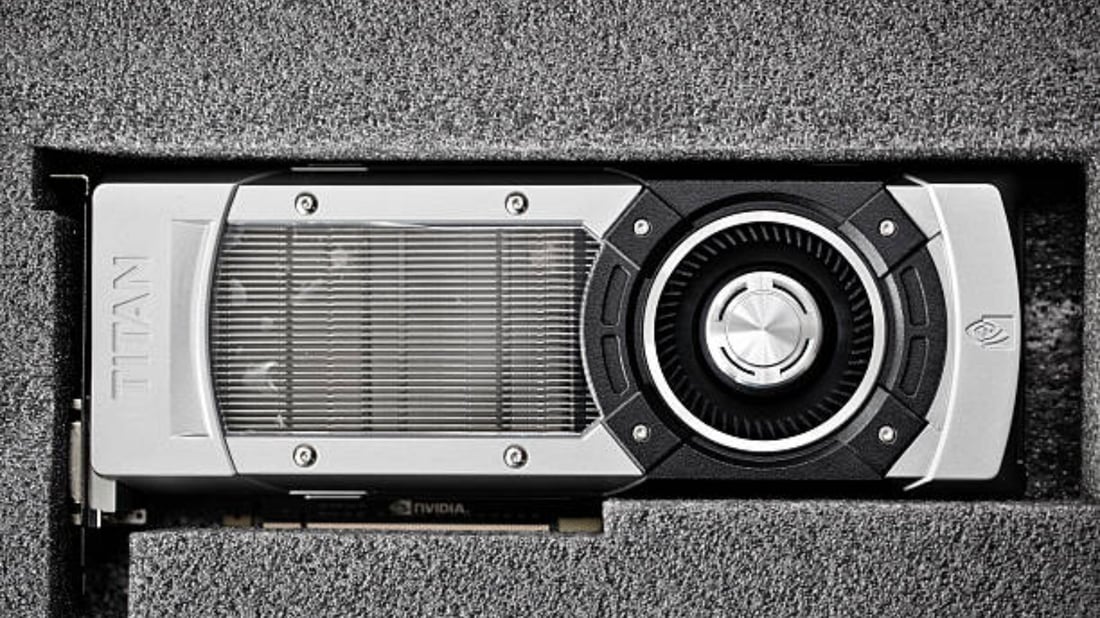Introduction to Heat Sinks
When it comes to welding, one important tool that is often used is a heat sink. But what exactly is a heat sink in welding? A heat sink is a device or material that is used to absorb and dissipate heat during the welding process. It helps to prevent overheating, warping, and distortion of the materials being welded.
Types of Heat Sinks
There are various types of heat sinks used in welding, including copper heat sinks, aluminum heat sinks, graphite heat sinks, and ceramic heat sinks. Each type of heat sink has specific properties that make it suitable for different welding applications.
How Heat Sinks Work
Heat sinks work by absorbing and spreading the heat generated during welding, which helps to regulate the temperature of the welded materials. By dissipating the heat efficiently, heat sinks prevent damage to the materials and ensure a strong and durable weld.
Benefits of Using Heat Sinks
Using heat sinks in welding offers several benefits, such as minimizing distortion, reducing residual stress, improving weld quality, and increasing the overall efficiency of the welding process. Heat sinks also help to control the heat-affected zone and prevent overheating.
Choosing the Right Heat Sink
When selecting a heat sink for welding, it is important to consider factors such as the material being welded, the welding technique used, the heat output of the welding equipment, and the size and shape of the welding joint. Choosing the right heat sink is essential for achieving successful and high-quality welds.
Common Applications of Heat Sinks
Heat sinks are commonly used in various welding applications, including arc welding, TIG welding, MIG welding, resistance welding, and laser welding. They are also used in industries such as automotive, aerospace, construction, and electronics.
Heat Sink Design Considerations
The design of a heat sink in welding plays a crucial role in its effectiveness. Factors such as the surface area, material conductivity, weight, and shape of the heat sink impact its performance. Design considerations are important for achieving optimal heat dissipation.
DIY Heat Sink Options
For those who prefer DIY solutions in welding, there are various homemade heat sink options available. These can include using copper blocks, aluminum plates, water-cooled systems, or even heat sink compounds to effectively manage heat during welding.
Heat Sink Maintenance and Care
To ensure the longevity and optimal performance of heat sinks in welding, proper maintenance and care are essential. Regular cleaning, checking for damage or wear, and ensuring proper positioning of the heat sink are important steps to take.
Conclusion
In conclusion, a heat sink is a valuable tool in welding that helps to manage heat, prevent overheating, and improve the quality of welds. By understanding the different types of heat sinks, how they work, their benefits, and how to choose and maintain them properly, welders can enhance their welding processes and achieve better results.
Quote Inquiry
Contact us!

